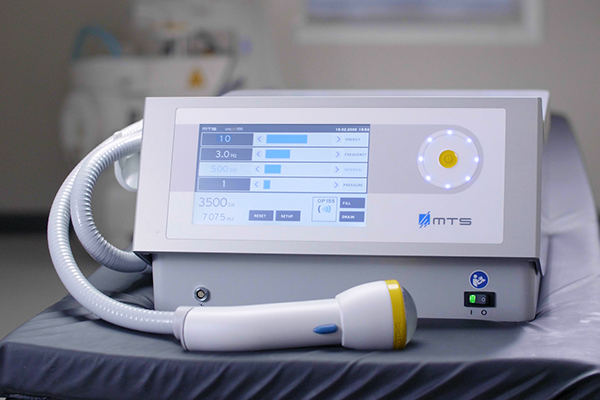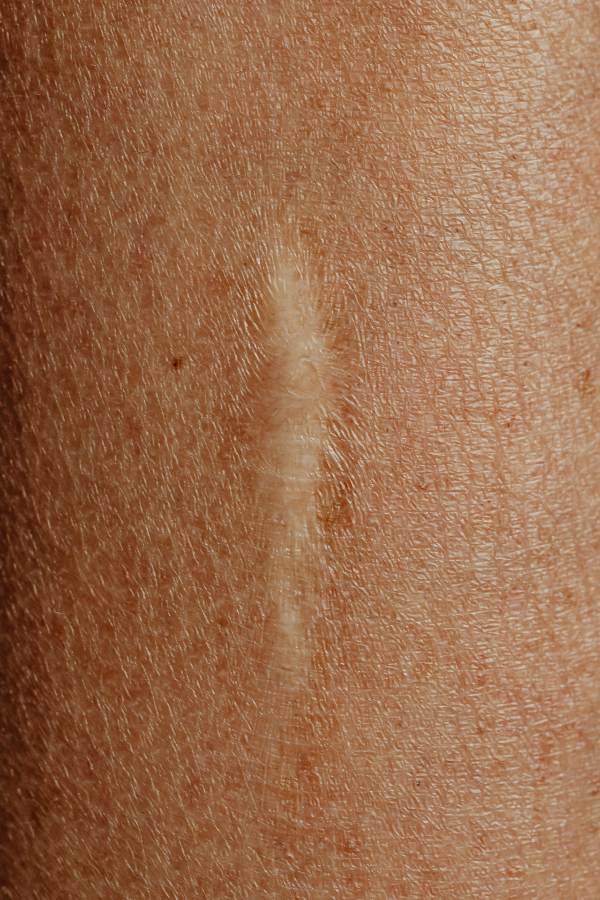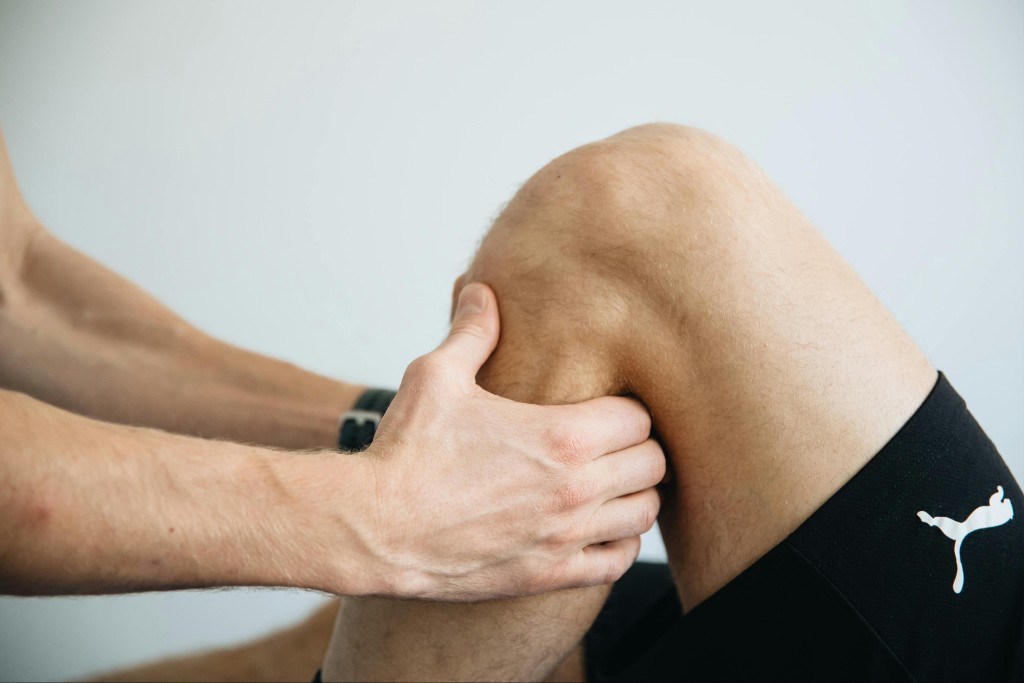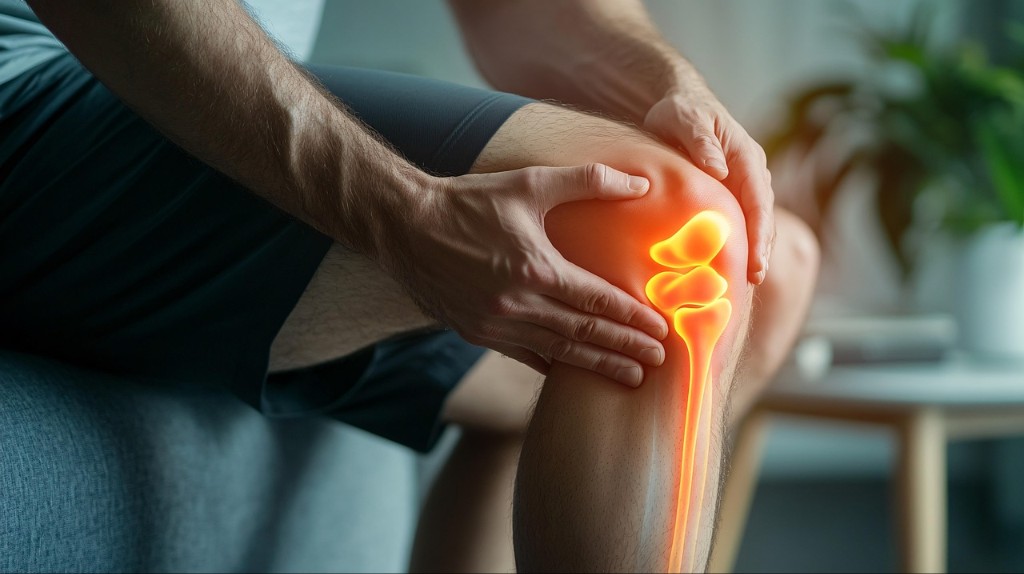Tendinopathy, a common condition characterized by pain and dysfunction in tendons, affects individuals across different age groups and activity levels. Whether you’re an athlete or an office worker, tendinopathy can significantly impact your daily life. Fortunately, SoftWave therapy has emerged as a promising treatment option for this condition. By utilizing focused shockwave technology, SoftWave therapy targets help in treating damaged tendons without the excessive costs or side effects of surgery and prescription medication.
In this blog post, we’ll investigate:
- Causes of Tendinopathy
- Benefits of Shockwave Therapy for Tendinopathy
- How Shockwave Therapy Works
- What is a Shockwave?
- How do Shockwaves Treat Tendinopathy?
- Types of Shockwave Therapy
- Who is a Good Candidate for Shockwave Therapy?
- The Shockwave Therapy Procedure
- Shockwave Therapy Side Effects
- The Best Shockwave Therapy for Tendinopathy
Causes of Tendinopathy
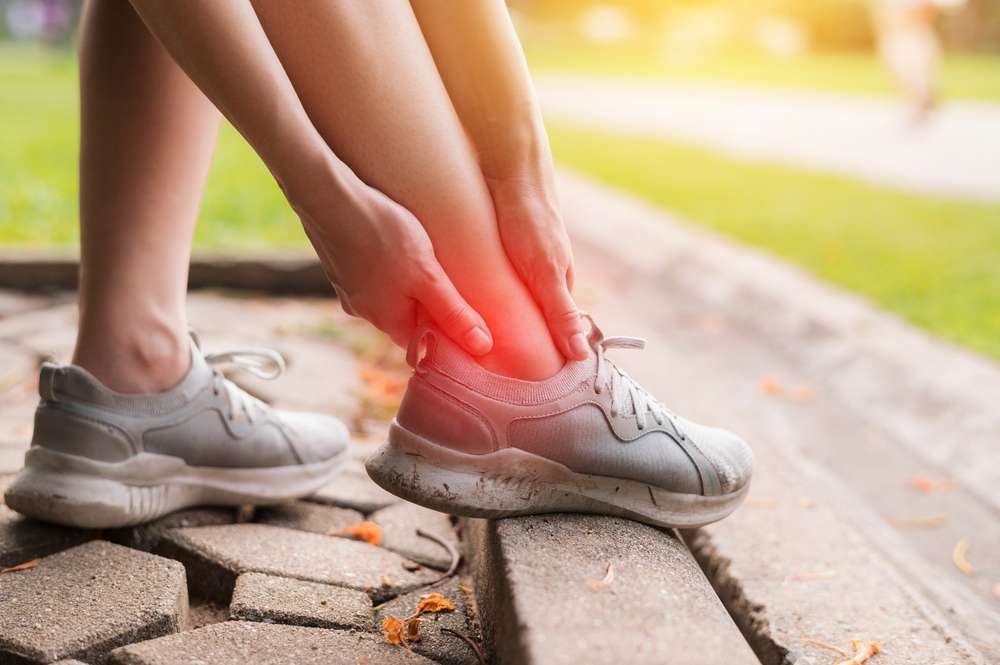
Tendinopathy can be triggered by various factors, ranging from overuse to underlying medical conditions. Here are some of the most common causes of tendinopathy:
- Repetitive Strain: Overuse or repetitive strain on a tendon can lead to tendinopathy, causing pain and inflammation.
- Sports-related injuries: High-impact sports or activities that involve repetitive movements can strain the tendons, resulting in tendinopathy.
- Aging: Tendons lose elasticity with age, making them more susceptible to injury.
- Medical conditions: Conditions like diabetes, rheumatoid arthritis, and gout can increase the risk of developing tendinopathy.
It’s important to note that these are just some of the most common causes of tendinopathy. If you are experiencing tendinopathy, you can learn if your condition is suitable for treatment and try shockwave therapy with our New Patient Special.
Benefits of Shockwave Therapy for Tendinopathy
Shockwave therapy is an emerging non-invasive treatment option for tendinopathy, offering several potential benefits. This therapy uses high-energy shock waves to stimulate healing in the affected area. Here are some of the advantages of using shockwave therapy for tendinopathy:
Accelerated Healing
Shockwave therapy stimulates the body’s natural healing processes, promoting faster healing of damaged tendons and relieving chronic or recurring pain.
Reduced Need for Medications
Traditional treatments for tendinopathy often involve medications with potential side effects. Shockwave therapy is a medication-free alternative that reduces the need for pharmaceutical treatments.
Improved Quality of Life
Tendinopathy can significantly affect daily activities and hobbies. Shockwave therapy can help reduce pain and improve mobility, enabling patients to return to their normal activities and improve their quality of life.
Non-Invasive and Safe
Unlike many tendinopathy treatments, shockwave therapy is non-invasive and safe. It does not require incisions or anesthesia, and has a low risk of complications.
Overall, shockwave therapy is a promising treatment for those suffering from tendinopathy.
How Shockwave Therapy Works
Shockwave therapy is a non-invasive treatment that uses high-energy acoustic waves to stimulate the body’s natural healing process. Here’s how it works:
What is a Shockwave?
Shock waves are rapid acoustic pulses that consist of a high-pressure surge followed by a comparatively lower-pressure trough. These phenomena are a part of our everyday life and can be produced by various sources such as supersonic aircraft, explosions, lightning, earthquakes, or any other event that causes a change in air pressure.
How do Shockwaves Treat Tendinopathy?
A device is used to produce and safely deliver shockwaves to the affected tendon. These shockwaves promote cellular-level healing, improve blood supply, and initiate the body’s natural healing process.
Types of Shockwave Therapy
There are several types of shockwave therapy available, including radial shockwave therapy (RSWT), focused shockwave therapy (FSWT), and acoustic wave therapy (AWT).
Radial Shockwave Therapy uses a hand-held device that applies pressure waves to the skin’s surface. This type of therapy is popular for treating conditions such as plantar fasciitis, Achilles tendinopathy, and tennis elbow. However, it may not be effective for more profound tissue injuries, and patients may require multiple treatment sessions.
Focused Shockwave Therapy delivers high-intensity shockwaves directly to the affected area. This therapy is often used for chronic conditions like bone fractures that are slow to heal. However, some patients may find it uncomfortable, and the intensity of the treatment may need to be adjusted based on individual needs.
Acoustic Wave Therapy uses a device that delivers low-intensity shockwaves to the affected area. This therapy is commonly used to improve blood flow, reduce pain and inflammation, and promote tissue healing. It’s often used to treat conditions such as erectile dysfunction and cellulite. However, the low-intensity shockwaves may not be effective for treating some conditions.
broad-focused Shockwave Therapy delivers high-intensity shockwaves that penetrate a wider and deeper area of tissue (7cm x 12cm) than focused shockwaves (1cm x 12cm) or radial waves (2cm x 2cm). SoftWave is the only broad-focused shockwave treatment widely available in the US. broad-focused shockwaves can treat the same conditions as traditional focused shockwave therapy while providing superior relief for large joints and muscle issues such as shoulder, hip, or tendinopathy. broad-focused shockwaves may also require fewer sessions compared to radial or focused shockwave treatments.
Who is a Good Candidate for Shockwave Therapy?
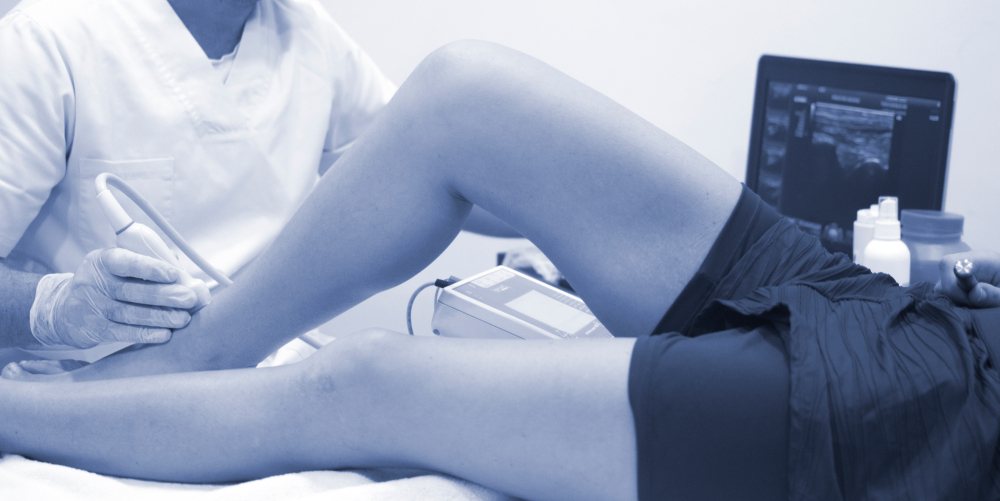
Certain factors may make a patient a good candidate for shockwave therapy. These include:
- Patients with chronic tendinopathy
- Patients who haven’t found success with other therapies
- Patients who prefer non-invasive treatment options
Patients struggling with chronic tendinopathy could find shockwave therapy to be a beneficial treatment option. This includes those with conditions such as tennis elbow, Achilles tendinitis, or patellar tendinitis. If traditional treatments like medication, physical therapy, or exercise modifications haven’t provided significant relief, shockwave therapy could offer a promising alternative.
Moreover, patients who have undergone other therapies with limited success might also benefit from shockwave therapy for their tendinopathy. This could include individuals who have tried numerous conservative treatment options without experiencing sufficient pain relief.
For patients who prefer non-invasive treatments, shockwave therapy provides a non-surgical approach that doesn’t require incisions or anesthesia. This makes it an appealing treatment option for those wanting to avoid more invasive procedures like surgery.
The Shockwave Therapy Procedure
Understanding what to expect during a shockwave therapy session is an important step for patients considering this treatment option for their tendinopathy. In this section, we’ll break down the shockwave therapy procedure:
- Preparation: Before the procedure, ultrasound gel is applied to the affected tendon. The shockwave device is then gently placed on the skin.
- During the Procedure: Patients will feel a gentle tapping or pulsing sensation as shockwaves are delivered to the injured tendon. Some may experience mild pain or discomfort, but anesthesia or numbing agents are not necessary. Effective communication between the patient and provider can help identify treatment hotspots and monitor progress.
- After the Procedure: After the 10-15 minute procedure, patients can typically return to their normal activities, with no downtime for recovery needed. Some doctors may recommend avoiding high-impact movements or exercising for 24-48 hours.
Shockwave Therapy Side Effects
Shockwave therapy is generally considered safe and well-tolerated, with minimal side effects. However, like any medical procedure, there is a small risk of side effects. Some of the most commonly reported side effects of shockwave therapy for tendinopathy include:
- Pain or discomfort during or after treatment
- Swelling or bruising
- Redness or skin irritation
- Numbness or tingling
It’s important to note that these side effects are typically mild and short-lived. Most patients are able to resume their normal activities immediately following the procedure.
FDA-cleared SoftWave is a safe and effective shockwave therapy for tendinopathy. Side effects from SoftWave are minimal and non-restrictive. It does not cause bruising or swelling, and any slight redness or soreness typically subsides within one to two days.
The Best Shockwave Therapy for Tendinopathy
Are you looking for safe, reliable, and effective relief from tendinopathy?
SoftWave therapy is FDA-cleared, patented, and nationally recognized for its leading tissue regeneration technology. Unlike other types of high-energy shockwave treatments, SoftWave is the only shockwave therapy on the market that uses true broad-focused shock waves that treat larger and deeper areas of tissue.
Thousands of patients have experienced the benefits of SoftWave for tendinopathy, including:
- Little to no side effects
- Short treatment time
- Quick recovery
- Long-lasting results
Find a SoftWave Therapy provider near you or learn more about SoftWave and whether or not you’re eligible for full treatment today!
New Patient Special
Try SoftWave for just $69 at a clinic near you and learn if you’re a candidate for full treatment
